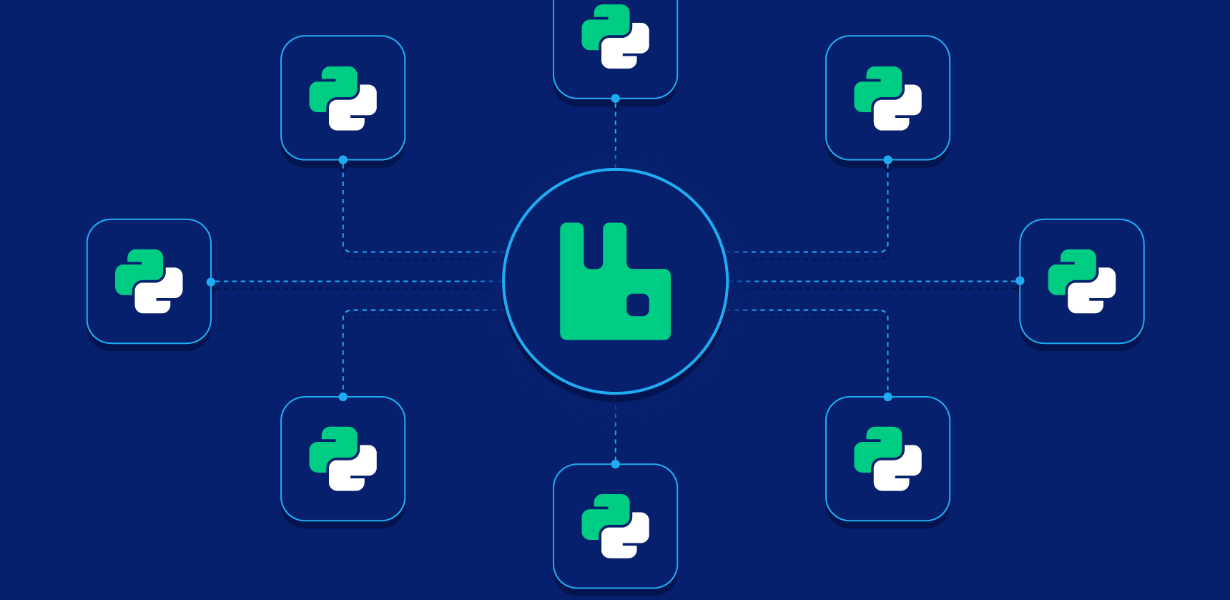
Building Resilient Microservices Architecture with Node.js and Kubernetes
- Post
- August 7, 2023
- JavaScript, Node.js, Web Development
- 0 Comments
Welcome to the realm of resilient microservices architecture, where we navigate through the intricacies of building fault-tolerant systems with Node.js and Kubernetes. In this article, we’ll provide a detailed guide on creating a rock-solid infrastructure that stands the test of time and delivers exceptional performance. Let’s dive in!
Understanding Microservices Architecture
In this section, we’ll explore the concept of microservices architecture and why it has gained immense popularity among developers and businesses alike. Microservices is an architectural style that structures an application as a collection of small, loosely coupled services, each running in its own process and communicating through lightweight mechanisms like APIs. These independent services can be developed, deployed, and scaled independently, leading to greater flexibility and ease of maintenance.
Microservices offer various benefits, such as:
Scalability: Each microservice can be scaled independently based on its demand, allowing efficient resource utilization and cost savings.
Fault Isolation: With services separated, if one service fails, it doesn’t affect the entire application, leading to increased resilience.
Continuous Deployment: Microservices enable continuous delivery and deployment, facilitating faster updates and reduced downtime.
Technology Diversity: Different services can use different technologies and programming languages, promoting innovation and adaptability.
The Power of Node.js in Microservices
Node.js has emerged as a go-to framework for developing microservices due to its non-blocking, event-driven architecture. With its lightweight and efficient nature, Node.js allows developers to handle a large number of concurrent connections, making it an ideal choice for microservices that demand high throughput and responsiveness.
Key advantages of using Node.js for microservices:
Speed and Performance: Node.js is built on the V8 JavaScript engine, offering exceptional performance and enabling rapid development.
Asynchronous Programming: Node.js employs an event-driven, non-blocking I/O model, enabling handling of multiple requests simultaneously.
Large Package Ecosystem: The Node Package Manager (NPM) provides access to a vast collection of modules and libraries, accelerating development.
Orchestrating with Kubernetes
Kubernetes, commonly referred to as K8s, is an open-source container orchestration platform that automates the deployment, scaling, and management of containerized applications. When used with microservices, Kubernetes simplifies the process of running and monitoring a large number of services, ensuring seamless scalability and fault tolerance.
Key features of Kubernetes for microservices:
Automatic Scaling: Kubernetes can automatically scale services based on metrics like CPU utilization or custom metrics, optimizing resource utilization.
High Availability: Kubernetes ensures that services are highly available by distributing containers across multiple nodes and automatically restarting failed instances.
Service Discovery and Load Balancing: Kubernetes provides built-in service discovery and load balancing mechanisms, making it easier for services to locate and communicate with each other.
Implementing Resilience in Microservices
Building resilient microservices requires careful planning and implementation. Here are some essential strategies to enhance the resilience of your microservices architecture:
Circuit Breaker Pattern: Implement the circuit breaker pattern to detect and handle failures in dependencies, preventing cascading failures.
Graceful Degradation: Design services to gracefully degrade functionality when dependent services are unavailable.
Monitoring and Logging: Integrate robust monitoring and logging mechanisms to identify and resolve issues promptly.
Automated Testing: Thoroughly test each microservice to ensure it functions correctly and can handle various failure scenarios.
Containerization: Containerize each microservice using technologies like Docker to achieve consistency across environments and simplify deployment.
Health Checks: Implement health checks to monitor the status of each microservice and ensure only healthy instances receive traffic.
Secret Management: Store sensitive information like API keys and passwords securely using Kubernetes secrets or other secure storage solutions.
Common Challenges and How to Overcome Them
Building a microservices architecture with Node.js and Kubernetes brings its share of challenges. Let’s explore some common hurdles and ways to overcome them:
Service Communication: As microservices communicate over a network, network latency and failures can impact performance. Use asynchronous communication and retries to handle temporary failures.
Data Management: With distributed services, data management becomes complex. Adopt strategies like database per service and event-driven architecture to maintain data consistency.
Service Dependencies: Managing dependencies between services is crucial. Avoid tightly coupled services and establish clear communication contracts to ease updates and version changes.
Container Orchestration Complexity: Kubernetes can be intricate to set up and manage. Utilize managed Kubernetes services or deploy using tools like Helm to simplify operations.
Security and Authorization: Securely manage access to microservices using authentication and authorization mechanisms like OAuth2 or JWT tokens.
Final Words
In conclusion, building resilient microservices architecture with Node.js and Kubernetes is a powerful approach to developing scalable and fault-tolerant applications. Embrace the flexibility and efficiency of Node.js, coupled with the robust orchestration capabilities of Kubernetes, to craft a system that can withstand the test of time and deliver unmatched performance.
Commonly Asked Questions
Q1: Can microservices be used with any programming language?
A1: Absolutely! Microservices can be implemented using various programming languages. However, Node.js, with its non-blocking nature, is particularly well-suited for building responsive and efficient microservices.
Q2: How does Kubernetes handle service scalability?
A2: Kubernetes automatically scales services based on predefined metrics, such as CPU utilization or custom metrics. This enables dynamic scaling based on demand, ensuring optimal resource utilization.
Q3: Is it necessary to containerize microservices?
A3: Containerization offers numerous benefits, including consistency, portability, and isolation. While not mandatory, containerizing microservices using Docker simplifies deployment and ensures consistency across environments.
Q4: How can I ensure data consistency in a distributed microservices environment?
A4: Adopt strategies like database per service and event-driven architecture. Implementing eventual consistency and leveraging distributed databases can help maintain data integrity.
Q5: What is the role of a service mesh in microservices architecture?
A5: A service mesh is a dedicated infrastructure layer that handles service-to-service communication, traffic management, and monitoring. It can offload responsibilities from individual services, making them more focused on business logic.



